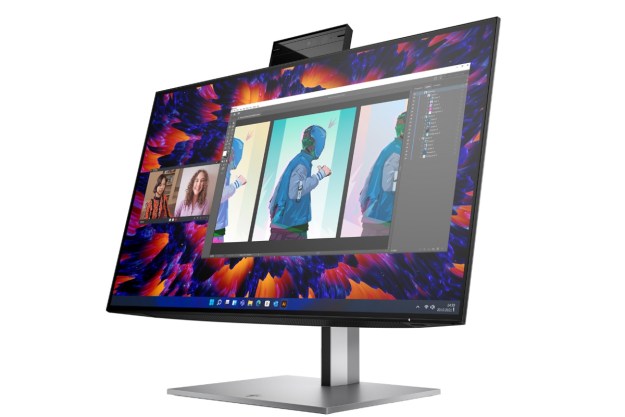It’s a scenario ripped straight out of the movies: Thieves invaded data centers peppered across Iceland to steal around 600 computers used to mine digital currency. Dubbed as the “Big Bitcoin Heist” by the local media, police are baffled, stating that the series of thefts is the biggest they have ever seen. Even more, the total value of the theft averages around $2 million or just over $3,300 per machine.
But don’t let the report fool you. The heist wasn’t one large massive invasion of Iceland’s data centers during a specific night. Three burglaries took place in December while a fourth followed in January. The police waited until the fourth heist and the arrest of 11 individuals before going public. Only two still remain in custody.
“This is a grand theft on a scale unseen before,” Olafur Helgi Kjartansson, the police commissioner on the southwestern Reykjanes Peninsula, told the Associated Press. “Everything points to this being a highly organized crime.”
So why Iceland? According to reports, its geothermal and hydroelectric power plants provide cheap, renewable energy needed to power farms of PCs mining digital currency. The “mining” aspect simply means these PCs help maintain the actual digital currency platform, whether its Bitcoin or Ethereum, and receive digital coins in return. Right now, a single Bitcoin is worth $11,561 in North America.
And that is the fuel behind the theft. Digital currency is not maintained by any one government, nor can it be traced. With 600 computers, these thieves could generate millions in cash without a trace. But there’s a drawback: power. PCs need power to mine digital coins, thus the local police are keeping a close eye across Iceland for large amounts of power consumption in hopes of catching the thieves red-handed.
But using all 600 PCs in one centralized location will likely never happen. The fishnet will need to be wider than just catching thieves using loads of power. Iceland’s law officials are now calling on storage space unit providers, electricians, and internet service providers to keep tabs on large pockets of PCs leeching large amounts of power and bandwidth.
With Bitcoins, miners can’t just dig up a single coin and exchange it for cash. Instead, potential investors mine a Bitcoin block that generates a little more than 12 digital coins. Smaller miners typically pool their PCs together and receive one Bitcoin for contributing one-twenty-fifth of the computing power to generate a block. The catch is that the next block requires more computing power to mine at the speed of the previous block, pushing miners to add more hardware or steal farms of dedicated PCs as seen in Iceland.
Cryptocurrency mining of today really isn’t meant for one specific PC to process. Because the digital currency relies on cryptography, the PC needs to make multiple, intense hash operations each second. The more powerful the hardware, the more operations it can make. A single PC wanting to mine a single block in a single month needs to perform around 3 quadrillion hash operations per second. That is why multiple, networked PCs with dedicated mining hardware is a must.


